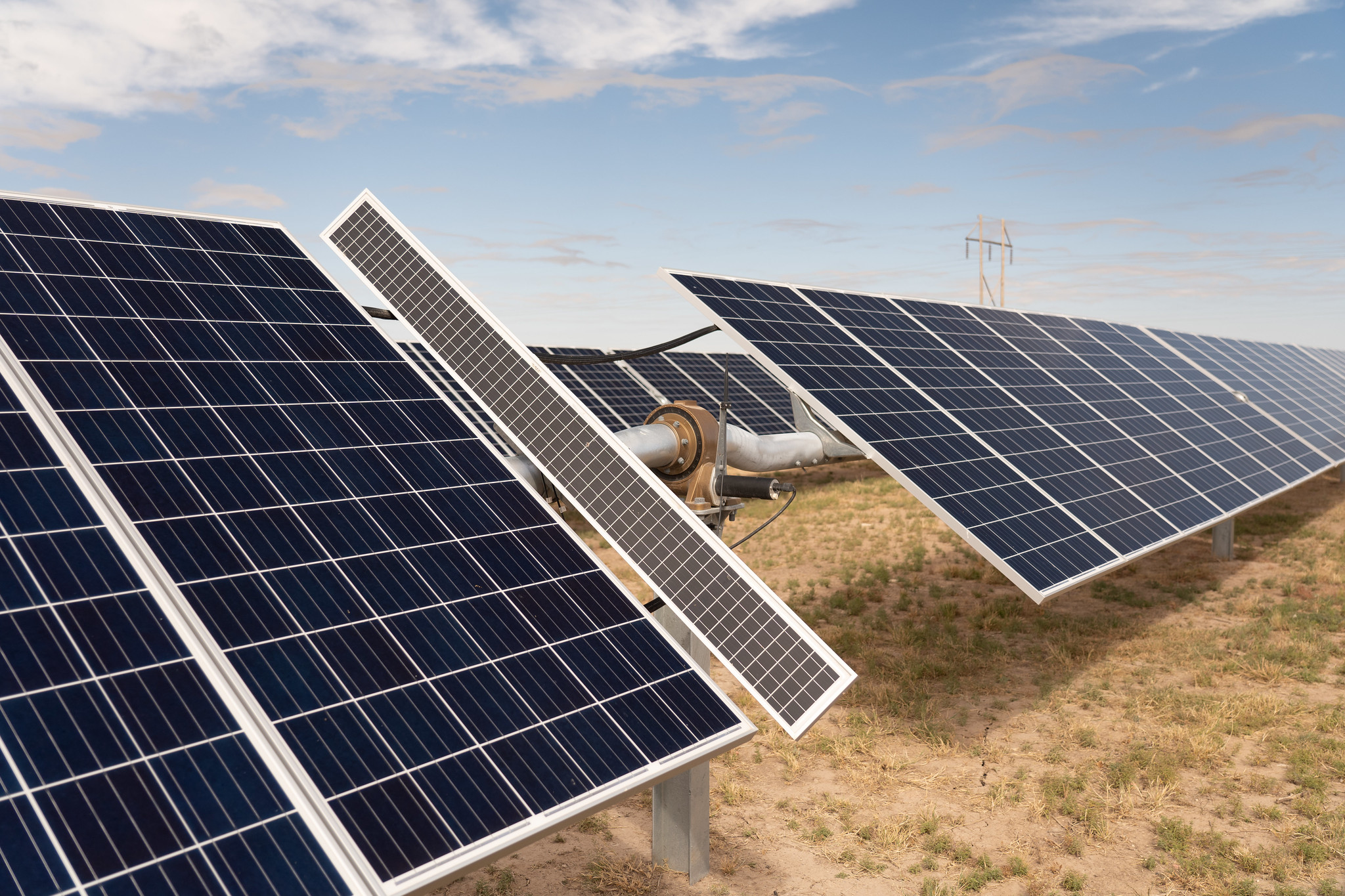Jun07

Decarbonisation has become a critical objective in our collective effort to combat climate change. Industrial sectors, being significant contributors to global greenhouse gas emissions, are at the forefront of this mission. Industrial decarbonisation involves reducing carbon footprints across manufacturing, energy consumption, and supply chains, thereby mitigating the environmental impact while fostering sustainable economic growth. In the latest episode of the Climate Confident Podcast, I had an enlightening conversation with Constantin Ginet, Global Head of Energy Performance Services at Siemens, about the importance and strategies of industrial decarbonisation. This blog post aims to expand on those insights and highlight the broader significance of decarbonisation in industry.
Context
Industries worldwide account for a substantial portion of carbon emissions. According to the International Energy Agency (IEA), industrial processes were responsible for approximately 24% of global CO2 emissions in 2021. As we face escalating climate challenges, the urgency to decarbonise industrial activities has never been greater. Reducing industrial emissions is not just an environmental imperative but also an economic opportunity. According to a report by McKinsey, the transition to a low-carbon economy could create over 200 million new jobs globally by 2050.
Key Strategies for Industrial Decarbonisation
1. Smart Electrification: Smart electrification involves replacing fossil fuel-based processes with electric alternatives, allowing industries to leverage renewable energy sources. For instance, replacing gas boilers with electric heat pumps can significantly reduce on-site emissions. Electrification is most effective when integrated with system-wide optimisation, ensuring that energy use is both efficient and sustainable. When combined with sourcing electricity from renewable sources (point 3 below) this is a potent low-hanging fruit option.
2. Digitalisation and Digital Twins: Digitalisation plays a pivotal role in decarbonising industries. Using digital twins—virtual replicas of physical assets—industries can model and predict energy consumption and emissions with high precision. This approach allows for the simulation of different scenarios, helping to identify and implement the most efficient energy-saving measures. For example, digital twins can be used to optimise factory operations, uncovering potential improvements that can lead to significant reductions in carbon emissions.
3. Integration of Renewable Energy: Incorporating renewable energy sources, such as solar or wind power, into industrial operations is another crucial strategy. This integration needs to be managed effectively to ensure a stable and cost-effective energy supply. By installing solar panels on factory roofs or utilising wind turbines, industries can reduce their reliance on fossil fuels and lower their overall carbon footprint.
4. Data Transparency and Management: Effective decarbonisation requires accurate data on energy usage and emissions. Transparent and comprehensive data collection allows industries to make informed decisions and track their progress towards sustainability goals. Advanced data analytics and management tools are essential for identifying inefficiencies and opportunities for improvement. And working closely with suppliers is vital for accurate Scope 3 emissions measuring and reporting.
Significance of Industrial Decarbonisation
The significance of industrial decarbonisation cannot be overstated. As global climate goals become more stringent, industries must adapt to meet regulatory requirements and consumer expectations. Decarbonising industrial activities can enhance competitiveness, reduce operational costs, and foster innovation. Additionally, industries that lead in sustainability are better positioned to attract investment and talent, driving long-term growth.
Challenges and Solutions
Despite the clear benefits, industrial decarbonisation poses several challenges. One major challenge is the need for substantial capital investment. Many small and medium-sized enterprises (SMEs) may lack the financial resources to invest in new technologies. Innovative financing models, such as performance-based contracts, can help overcome this barrier by allowing companies to pay for energy improvements through the savings they generate.
Another challenge is the integration of new technologies into existing operations. This requires a careful balance between maintaining current productivity and implementing new systems. Cross-functional collaboration and strategic planning are key to ensuring a smooth transition.
Conclusion
Industrial decarbonisation is a vital step towards a sustainable future. By adopting strategies such as smart electrification, digitalisation, and renewable energy integration, industries can significantly reduce their carbon footprints and contribute to global climate goals. The urgency to decarbonise industrial activities is clear, and the potential benefits—environmental, economic, and social—are substantial.
For a deeper dive into the strategies and insights discussed, I encourage you to listen to the full episode of the Climate Confident Podcast with Constantin Ginet. Together, we can pave the way for a cleaner, greener future.
Call to Action:
Interested in learning more about how industrial decarbonisation can transform our world? Constantin and the Siemens team will be attending the Smarter E event in Munich on June 19-21. You'll find them at the Siemens stand in Hall B3, booth 110.
Let’s continue the conversation and explore how we can drive meaningful change in our industries.
This post was originally posted on TomRaftery.com
By Tom Raftery
Keywords: Digital Twins, Renewable Energy, Sustainability
 From Carbon to Coherence: Why Structure Alone Cannot Explain Awareness
From Carbon to Coherence: Why Structure Alone Cannot Explain Awareness Michael Fauscette's 2026 Predictions for B2B Thought Leadership
Michael Fauscette's 2026 Predictions for B2B Thought Leadership Dispatchable Solar Is Now the Cheapest New Power You Can Build
Dispatchable Solar Is Now the Cheapest New Power You Can Build The Silicon Scientist: Gemini 3 Flash, High-Reasoning Agentic AI, and the Legacy of the Bose–Einstein Condensate
The Silicon Scientist: Gemini 3 Flash, High-Reasoning Agentic AI, and the Legacy of the Bose–Einstein Condensate When Planning Detail Starts to Undermine Strategy
When Planning Detail Starts to Undermine Strategy